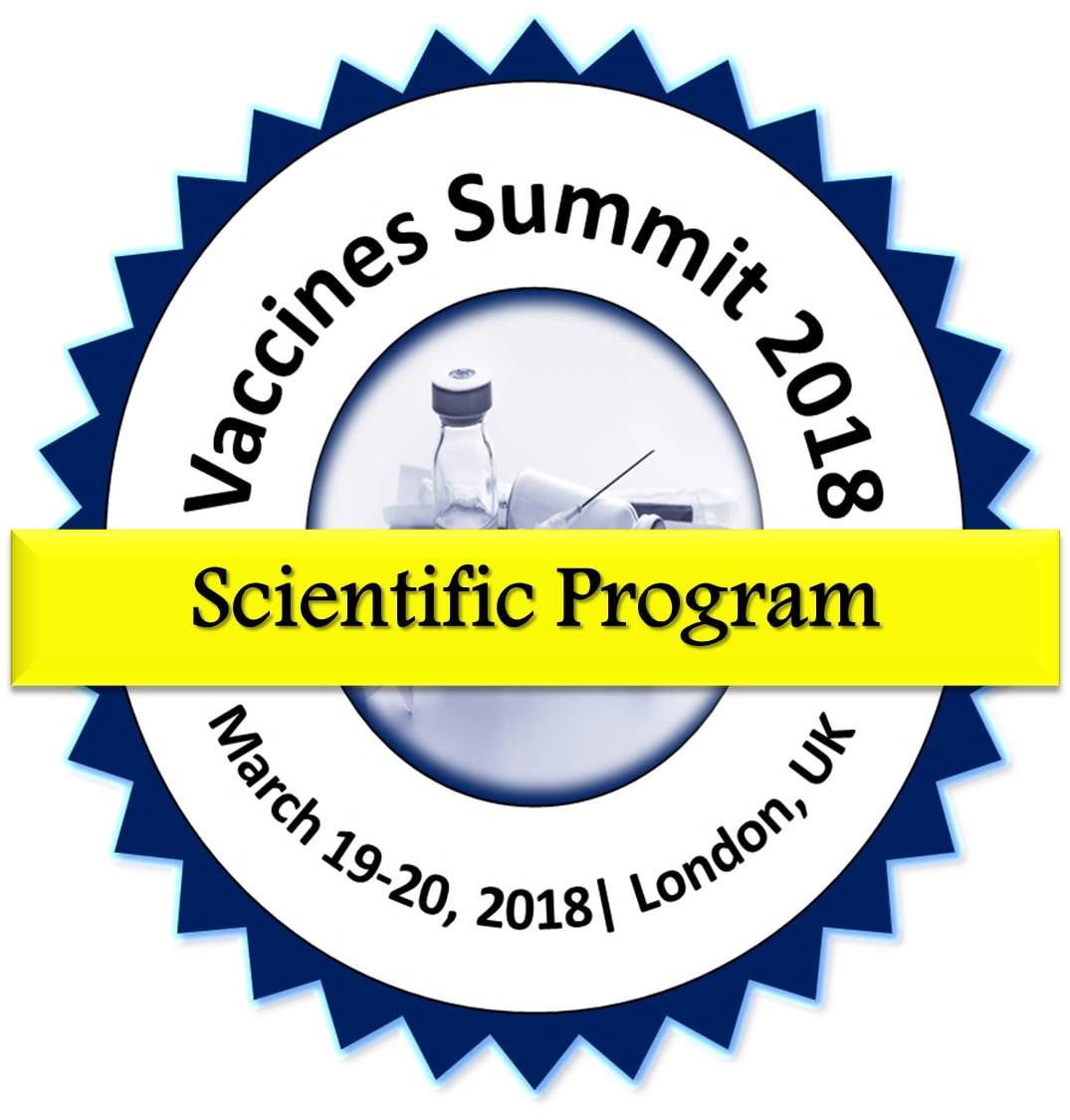
Yoshinori HAYAKAWA
Toin University of Yokohama, Japan
Title: Proposal of method creating artificial pandemic by infectious attenuated vaccine for reducing victims of new bird type influenza pandemic–operation backfire
Biography
Biography: Yoshinori HAYAKAWA
Abstract
New bird type influenza pandemic may kill 300 million people assuming the population of 7.2 millard and 20% population became ill and death rate is 20%. Especially bird flu H7N9 is the most likely candidate of pandemic. Now death rate of H7N9 patients is 40%. But if death rate become 30~20%, patients have sufficient time to transfer virus to another person. Inactive or ordinary attenuated live vaccine is too costly for people especially in developing countries. Ferret nasal mucosa is carcinated using carcinogen such as benzopyrene. Mucous cancer is easier to incubate. Bird influenza virus is attenuated by reverse genetics. The virus is marked by green fluorescent protein. This attenuated virus is sprayed to many cultured cancer cell incubation specimen. In some specimen attenuated virus will be mutated to increase in cancer cells. The increase is checked by green fluorescence. Then the virus is tested to infect ferret and then human volunteers with no serious syndrome. Virus with strongest virus titer to infect ferret is selected as seed virus of infectious attenuated live influenza vaccine. When natural outbreak of pandemic is estimated to be very near, the seed virus will be increased in incubated cancer cells by bioreactors all over the world and sprayed to vulnerable young people, e.g., soldiers, students and people in slams. Drones may be used to enhance infection, spraying in cities thin capsules including the live vaccine. Capsules are very thin to be melted at human nasal mucous membrane. Thus, basic immunity is gained by people against dangerous new influenza. The number of victims seems to be less than one thousandth compared to the situation with no infectious vaccine. The calculation assumes the number of victims with infectious attenuated live vaccine application is less than that of A/H1N1.

